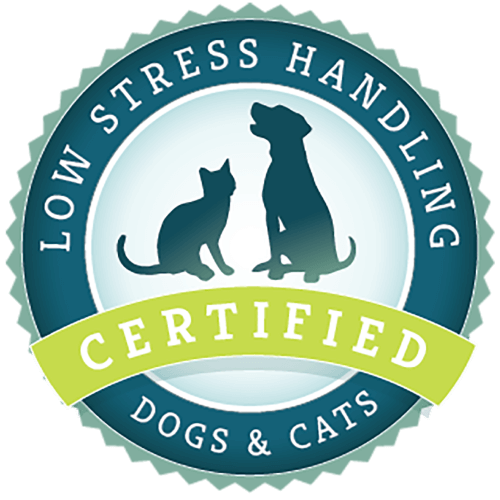What article are you looking for?
Recent Articles
Ready to Learn, The Low Stress Handling® Way
Edited 2017 Being a strong contributing member of a veterinary hospital team is about keeping your education current. From information on diabetes or heart conditions to better bedside manner and handling end-of life issues, it’s this new information, new views plus, tricks and tips for doing anything better, that keep the job fresh. What’s one area of continued education that can affect medicine on all levels? Low Stress Handling®. It gives you the ability to treat more patients more effectively and efficiently regardless of the type of medical condition as well as putting clients at ease by demonstrating your compassion and
Dog Bites: What To Do When You’re Attacked
With all of the dog bite attacks that circulate in the news, you may sometimes worry; what if that were you? As a veterinarian focused on behavior and an avid runner, I’ve dealt with a lot of dogs charging towards me and threatening to bite. In spite of working with aggressive dogs as well as running by off-leash dogs on a daily basis, I have only been bitten—minor bites— a few times over the last 20 years. What’s the secret? The number one secret is to stay calm. The more you scream and try to move the more aroused you’ll
Puppy Behavior: A Sensitive Period for Puppy Socialization
How do we know when it is and whether it’s important? You’ve probably heard that puppies need to be socialized, but how do we know this and what do we know? Most of the ground breaking studies were done in the 1950’s and 1960’s, one of which was performed by co-authors, David Freedman, John A. King and Orville Elliot and published in Science in 1962. They carried out a classic study using the methodology that had already been established for determining critical periods in other animals such as ducks, guinea pigs, chickens, and sheep. They took 5 litters of cocker
Animal Trainers and Behaviorists: Licensing and Certification
You should find a good trainer.” How many times have we heard this advice but don’t know exactly who to turn to? When one of my dogs began exhibiting aggressive behavior, many people told me that I should “find” a behaviorist, as if it were a simple, ordinary task and that all I had to do was search. In my quest to find the best behaviorist, I realized that the options were much more nuanced, the licensing/certification organizations much more varied, and the process much more complicated than I had initially thought. Unlike many other professions, there is not one
Why Pooches Eat Poop
How many of you dog owners have been a victim of this scenario? Your dog enters the room and sees you on the other side. He’s tosses his ears back, puts on a smile, wiggles his way over and gives you a big smooch. For an instant you’re overjoyed but then you realize, “That’s not normal doggie breath. Yuk. It smells like poop!” If this has happened to you, rest assured, you’re not alone. According to a study presented at the Dr. Benjamin Hart at the 2012 ACVB/AVSAB Animal Behavior Symposium, 16% of dogs are serious stool eaters – a.k.a. copraphagia – meaning,
Is Removing Rewards (Negative Punishment) for Unwanted Behavior Mean?
When I think back to when I was a student in college majoring in Biochemistry I remember my professors constantly stressing that school was more than book learning. It was about getting an education so that we could see the world more broadly and understand how the information we were learning fit into real life. I took their advice and looked for connections between my classes in everything I did. When I exercised, the glycolysis and Kreb cycle pathways ran through my head, watched TV commercials psychology and classical conditioning came to mind, and whenever I waited in a slow
Looking for certifications instead?

Low Stress Handling® Silver-Level Certification
Individual Certification at this level demonstrates to clients and employers the individual’s dedicated interest in Low Stress Handling®. Hospital Certification at this level demonstrates to clients and staff the hospital’s commitment to appropriately training staff in Low Stress Handling® methods.
Learn More
